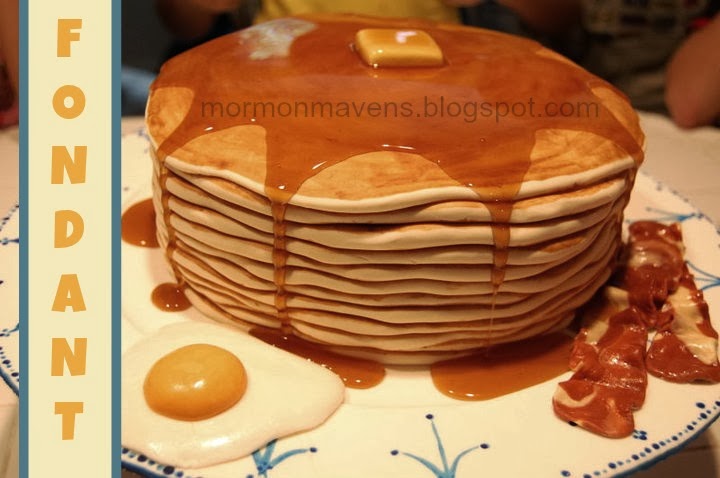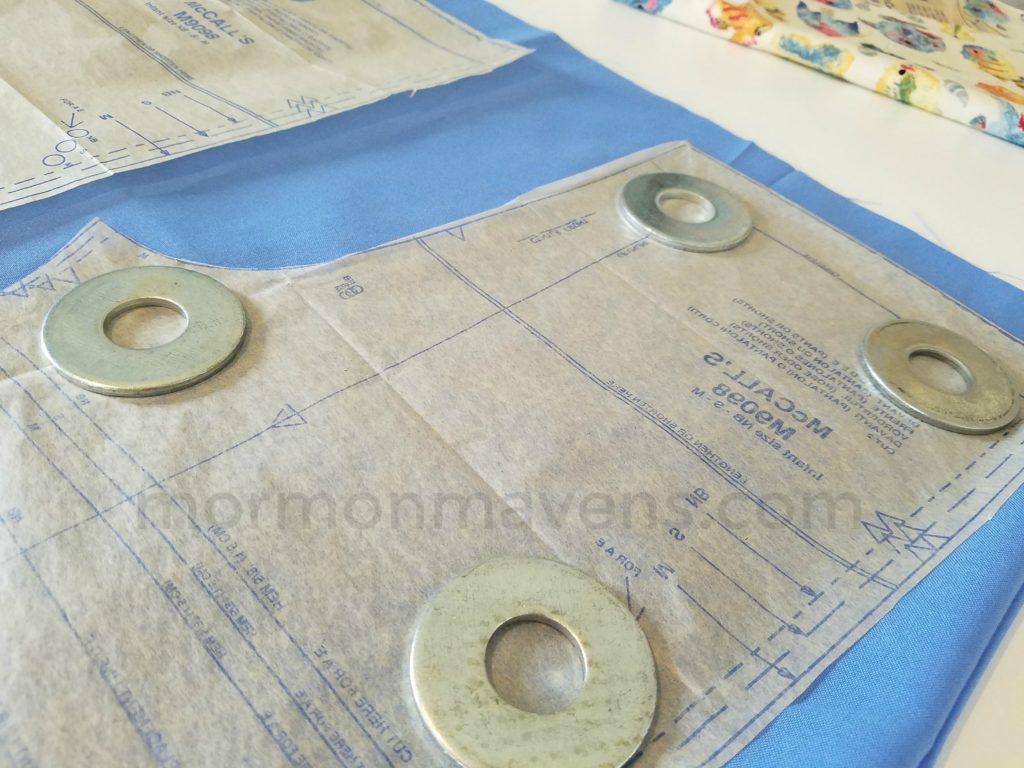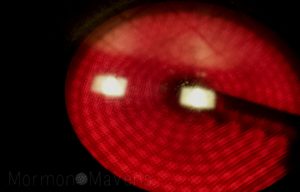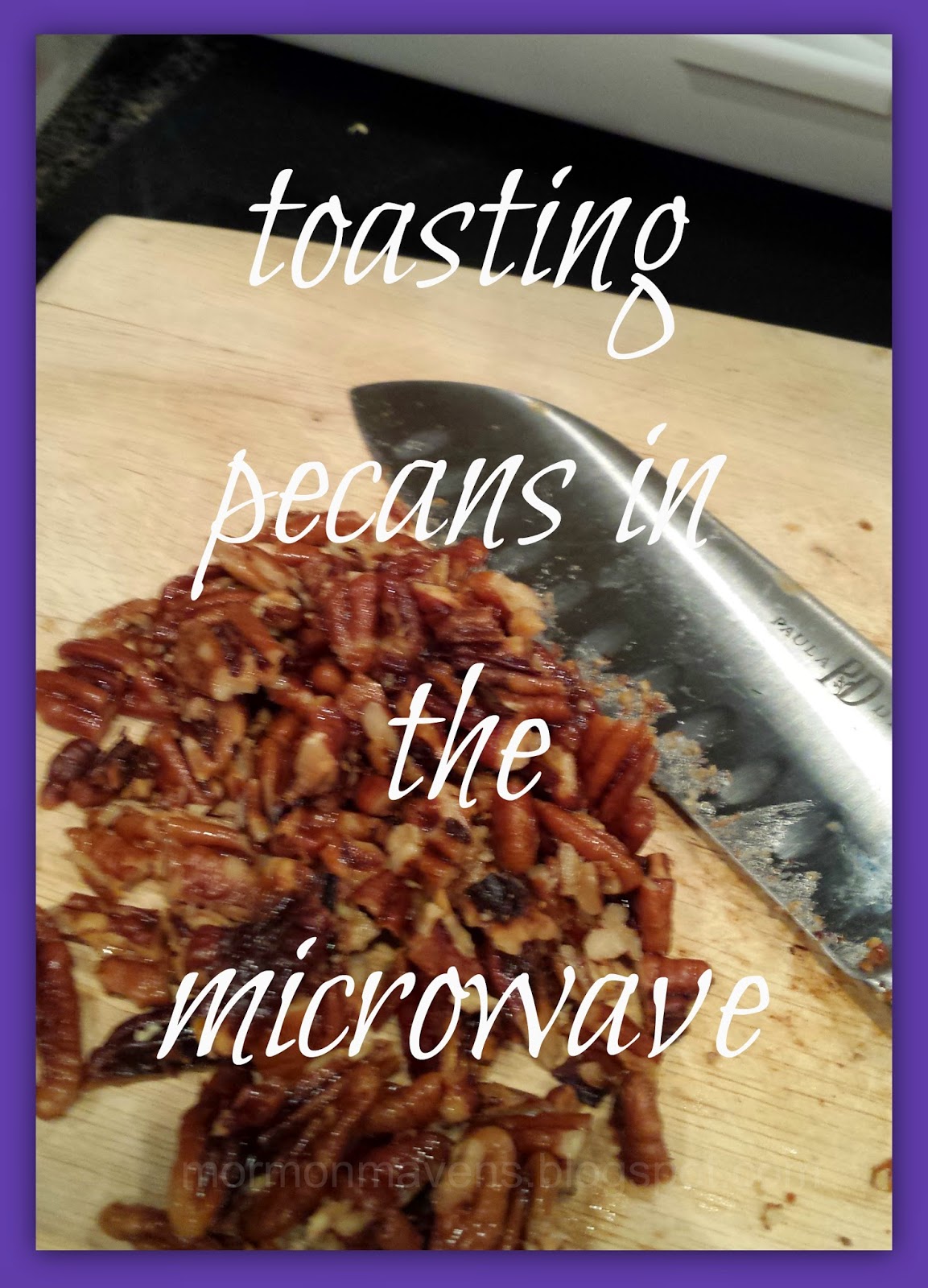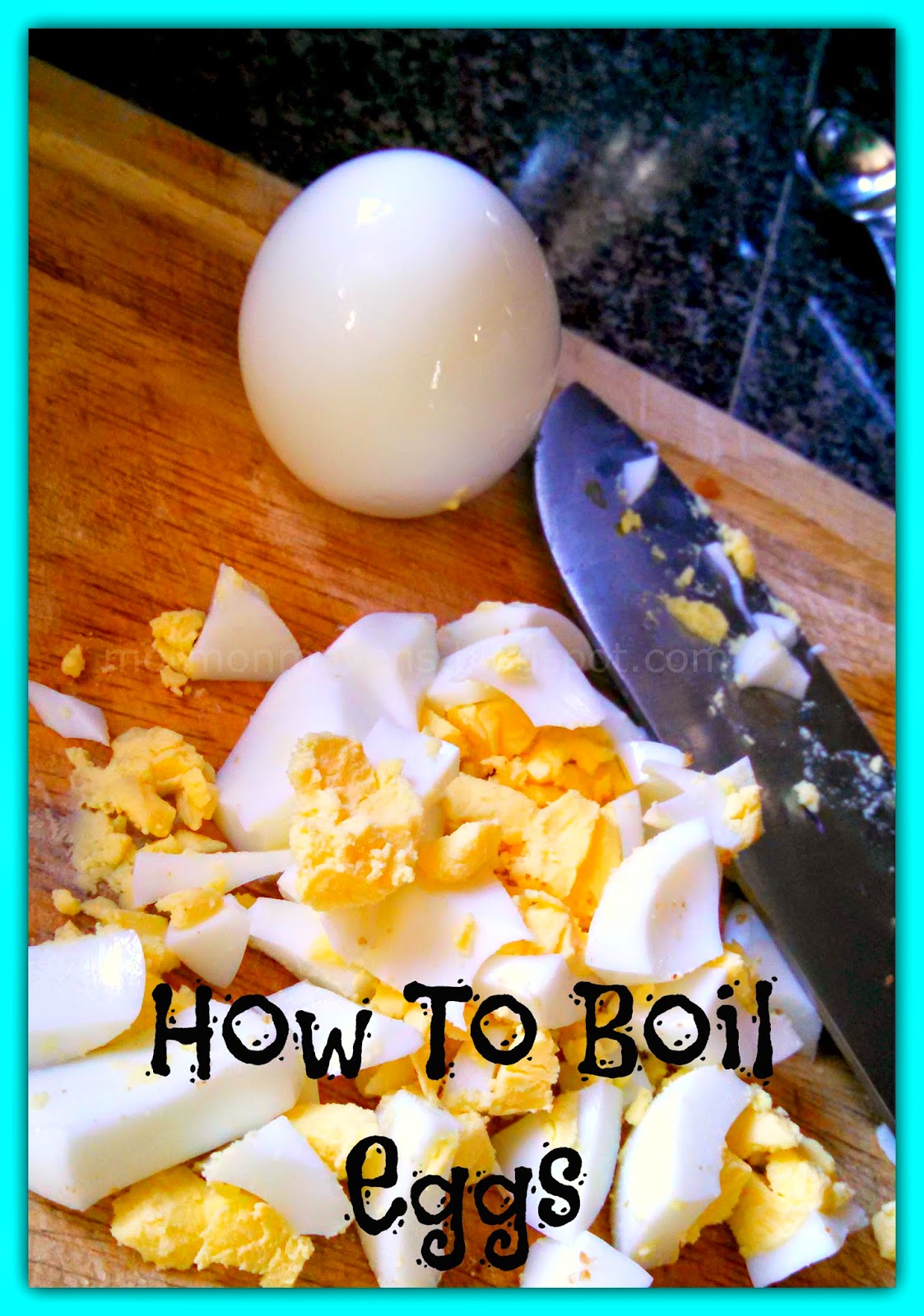
Ever since we found this way to make popcorn, I don’t think we’ve bothered to every buy microwave popcorn again! My kids and I watched an episode of Good Eats (the original series….can’t wait to see what Alton Brown has in store with his newest episodes…so glad it’s back!) and were intrigued with the idea of making popcorn on the stovetop. I grew up having popcorn made this way but with vegetable oil and in a heavy saucepan. This way is much better, tastier, and yields a LOT more popcorn per batch if you have a big bowl.
So, first of all, you are going to need a stainless steel bowl. Don’t know if your bowl is stainless? Read more here about how to tell. I happen to have a hand-me-down bowl from my mother that holds about 11 quarts. But the size here doesn’t matter, it’s the method you need to know. The amounts can adjust easily to the size of your bowl. Just tonight, I used my big bowl but didn’t use as much coconut oil and popcorn, so it made a small batch. With this large bowl, I have the option of going big or small.
Here’s how you do it…..and sorry I don’t have pics of every step, but it’s very simple. And, I do have a video at the end that my daughter recorded that should be very helpful for you!
What you need: stainless steel bowl, coconut oil, popcorn kernels, aluminum foil (heavy duty is best), small paring knife or ice pick, oven mitts of hot pads
Step 1–Lay out your aluminum foil. For my bowl I need two sheets several inches wider than my bowl is across. I overlap these two sheets on their long sides and fold that overlap over twice. This will cover the bowl during popping.
Step 2–Set the stainless steel bowl on the appropriate sized burner. The bottom of the bowl is what is making contact with the stovetop, so don’t pick a burner that’s bigger than the bowl bottom. Turn the burner on low. Immediately spoon in some coconut oil. For a full bowl of popcorn, I melt enough coconut oil to completely cover the bottom of my bowl to a depth of about a popcorn kernel.

Step 3–Once the coconut oil is almost completely melted, pour in your popcorn kernels until all the coconut oil is taken up by kernels. You know, no puddling of extra oil.

Step 4–Immediately lay the foil sheets (that have been folded together in the middle) over the top of the bowl and scrunch the foil around the edges of the bowl to secure it well. Use your paring knife or ice pick to carefully cut 6-8 holes across the surface of the foil to allow some steam to escape. Don’t make these too big as some oil splattering can occur.
Step 5–Turn the heat up to medium. With oven mitts on (or holding hot pads) grasp the sides of the bowl and shimmy it back and forth over the burner. Turn the bowl a quarter turn every so often and continue shimmying it until all the kernels have popped or till the popping sounds have slowed down a lot. Turn off burn and move bowl to another spot on the stovetop.
Step 6–Carefully remove the foil covering (steam will escape) and set it aside. Salt the popcorn, then use a wooden spoon or heat-proof scraper to turn the popcorn to distribute the salt evenly. Repeat if necessary until it’s salted to your liking. Serve! Just remember that the bowl stays hot for a while so be careful.

